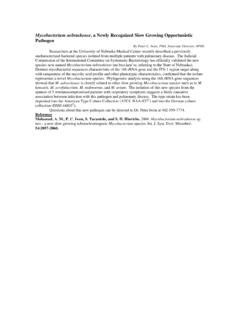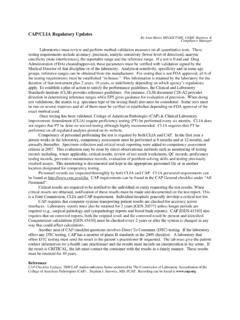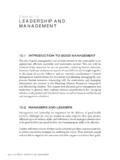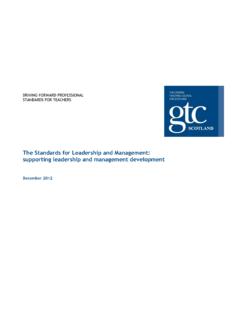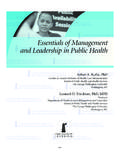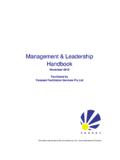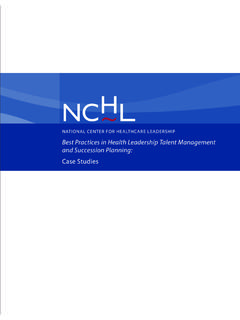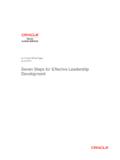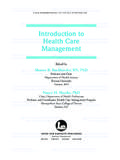Transcription of Introduction to Laboratory Management (6 …
1 Overview of Laboratory Operations Modules Page 2 Introduction to Laboratory Management (6 Modules) Laboratory Information Systems (LIS) LIS components, functions and benefits; roles of the LIS system manager; newer LIS technology developments (point of care, bedside labeling & identification, automation systems, web access); process of selecting an LIS Method Evaluation Application of research for the Laboratory o Basic concepts and applications of research; sensitivity, specificity and predictive value calculations; steps in the method selection process; experimental studies random vs. systematic error; overview of how to evaluate an analytic method; documentation of experimental studies Introduction to statistical analysis o Measures of central tendency; measures of dispersion; distribution patterns; t-test; linear regression by least squares analysis - visual analysis by scatter plot Interpretation of experimental studies o Within-run precision study; day-to-day precision study; linearity or dilution study; interference study; patient comparison study Educational Methodology Goals and objectives o Guidelines for writing goals and objectives behaviors, conditions & standards; objective domains cognitive, psychomotor & affective.
2 Objective levels, for cognitive recall, application & problem-solving Learning activities o Advantages and disadvantages of lectures, case studies, simulations, role playing, student practice laboratories, cooperative based, problem based, and computer based learning Instructional media o Advantages and disadvantages of print-based materials, transparencies, slides, flip charts, white/chalk boards, computer slide presentations, video, audio, animation, demonstrations, simulations, computer assisted and internet based media, synchronous and asynchronous electronic communication o Guidelines for effective use of Power Point presentations Test question development o Comparison of types of tests (placement, formative, summative, norm & criterion referenced tests) and testing platforms (written, oral, computer, and practical); Overview of Laboratory Operations Modules Page 3 advantages & disadvantages of multiple choice, true/false, matching and essay or short answer questions; guidelines to designing quality assessment questions Compliance and Regulatory Issues Regulatory/accrediting agencies, standards and regulations o Overview of CAP, LAP-CAP, CMS, COLA, EPA, JCAHO, NAACLS, OSHA, CLIA, CLSI, HIPAA; CLIA certificate types and test complexity levels; CLIA regulations for non-waived testing (personnel, procedure manual, QC, method verification, proficiency testing, quality assessment, patient test Management and inspection).
3 Accreditation requirements of CLIA, COLA, and JCAHO Personnel evaluation tools o Comparison of proficiency testing, competency testing and performance appraisals, based on definition, purpose, frequency of testing/appraisal, acceptable scores/ratings, actions if unacceptable results obtained and examples of each o Overview of the purposes, advantages and disadvantages of written or computer tests, practical exams, anecdotal records, checklists, rating scales & work records Principles of Laboratory Management Overview of leadership styles and Management theories (McGregor s X and Y, Blake and Mouton grid, Maslow s theory); basic functions of Management (planning, organizing, implementing); behaviors that motivate employees; human relation skills; conflict Management ; step-by-step approach to problem solving Management of Financial Resources Laboratory cost analysis o Overview of billable services, costs, expenses, financial ratios, operating margins, profit and revenue; determination of cost per test including variable, semi-variable and fixed costs; break-even analysis; purchasing capital equipment; depreciation, pay-back analysis Laboratory productivity o Determination of CAP work load units; CLSI categorizations of pre-analytical, analytical and post-analytical labor expenses; comparison of paid vs.
4 Worked productivity; calculations to determine staff size to carry out workload



